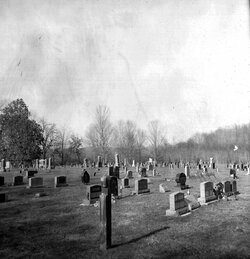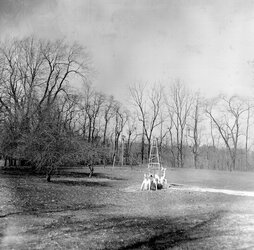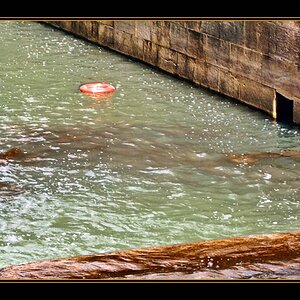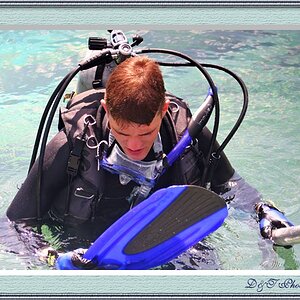Grandpa Ron
Been spending a lot of time on here!
- Joined
- Aug 9, 2018
- Messages
- 1,156
- Reaction score
- 703
- Can others edit my Photos
- Photos OK to edit
I would like to know what causes the blotches on my negatives.
The first picture of headstones was taken a I was restoring the camera and learning many of the errors of view camera photograph.
I tray developed this negative and as you can see, there is considerable number of dark areas.

The second photo of my back yard is more recent and developed in a developing tank. It still shows the dark areas.

So, my question is. Is this figure prints, lack of fixer time, light leaks, or some other gremlin?
The first picture of headstones was taken a I was restoring the camera and learning many of the errors of view camera photograph.
I tray developed this negative and as you can see, there is considerable number of dark areas.

The second photo of my back yard is more recent and developed in a developing tank. It still shows the dark areas.

So, my question is. Is this figure prints, lack of fixer time, light leaks, or some other gremlin?
Last edited:








![[No title]](/data/xfmg/thumbnail/41/41819-f9479f2ecfaf8e9491a13a92e02e640a.jpg?1619739903)




![[No title]](/data/xfmg/thumbnail/38/38737-350089c7ae87f5c983c5362b9b78b671.jpg?1619738703)